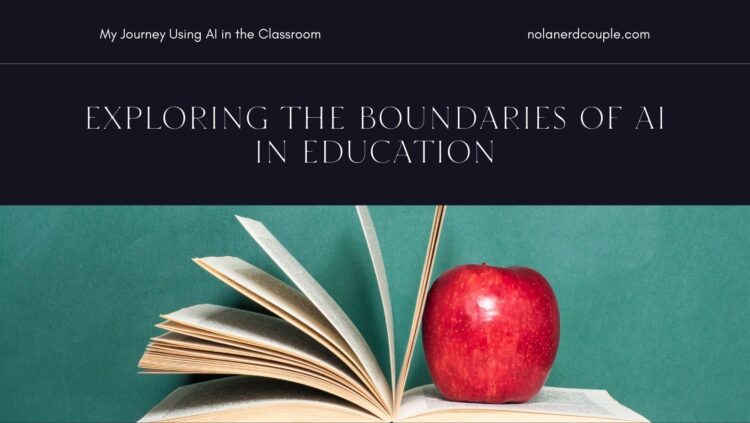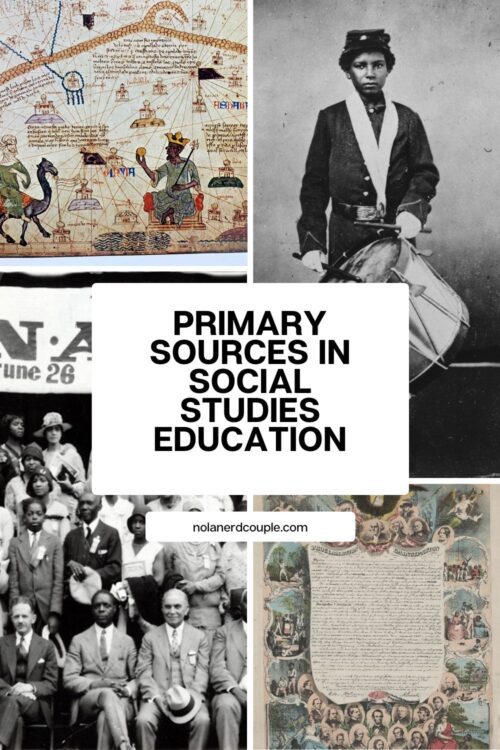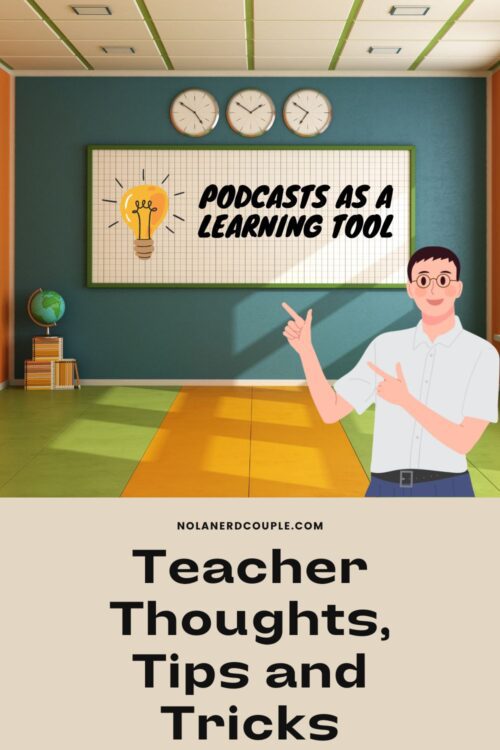The potential of AI to transform educational practices is immense, offering unprecedented opportunities for personalized learning, efficiency, and accessibility. However, with great power comes great responsibility (we are a nerd blog, so you know I had to do it), and we must delineate clear boundaries of AI in education, especially concerning student privacy and the assessment of subjective assignments.
Protecting Student Privacy

First and foremost, the sanctity of student information must be upheld. In an era where data is as valuable as currency, the ethical use of AI requires stringent measures to protect the identities and personal information of our students. When I utilize AI tools, such as generating letters of recommendation, I employ a practice of anonymization, substituting real names with “John/Jane Doe” and fabricating details that could otherwise compromise student privacy, such as the name of their school, church, etc. This approach ensures that while I harness the efficiency of AI, I simultaneously safeguard my students’ confidential information. It is easy to fix in the final product because it requires a simple find and replace. I also always add something about the personal connection the student and I have, such as something I personally saw them overcome.
So yes, my letters of recommendation are AI-based, but previously, they were template-based. Time is always limited, so we are always looking for shortcuts. By making it half AI and half me, not only am I saving time, but I’m writing more tailored letters of recommendation while not compromising student information.
The Human Touch in Subjective Assessment
More critically, I draw a firm line when it comes to the use of AI in grading subjective assignments. The essence of education transcends the mere transfer of knowledge; it is about nurturing critical thinking, creativity, and personal expression. These dimensions cannot be quantified or assessed by algorithms. The evaluation of writing, art, and any form of expressive work must remain a distinctly human endeavor.
Artificial intelligence, for all its advancements (and future advancements), lacks the nuance of human judgment and the capacity to appreciate the depth of human creativity. It cannot interpret the subtleties of tone, the strength behind a brushstroke, or the emotional impact of a student’s narrative. My job as an educator is to guide, evaluate, and inspire. These responsibilities cannot—and should not—be outsourced to AI.
Drawing Boundaries Of AI Education
The integration of AI into education should be something other than a pursuit of convenience at the expense of essential human values. As we navigate this new frontier, we must do so with a conscious understanding of the limitations and ethical implications of these technologies. Not only do we want to teach students how to use AI responsibly, but we must also do the same as teachers. Let us embrace AI as a tool for enhancing our educational practices, but let us also remain vigilant in preserving the human essence of learning. The future of education depends on our ability to balance innovation with integrity, ensuring that we enhance rather than erode the role of educators in shaping the minds and hearts of our students.
While I recognize the potential of AI to revolutionize certain aspects of education, I advocate for its cautious and considered use. Let us harness the power of AI without relinquishing the personal touch and judgment that lie at the heart of teaching. The classroom is a sanctuary of human interaction and personal growth; let it remain so, even in our increasingly digital world.
About The Author
Discover more from NolaNerdCouple.com
Subscribe to get the latest posts sent to your email.




